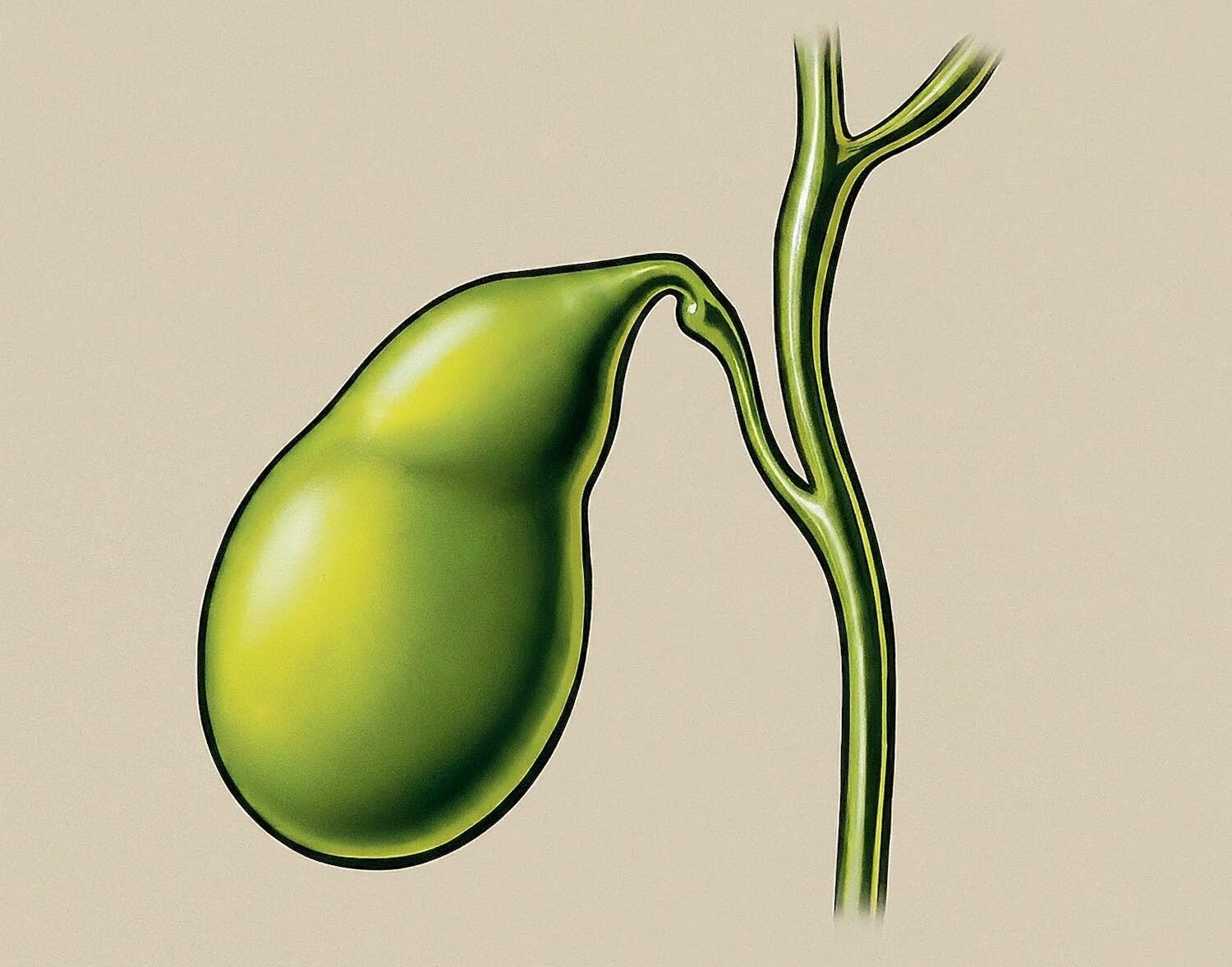Acute cholecystitis refers to inflammation of the gallbladder. Gentile da Foligno was the first to describe the gallbladder. In 1581, Jean Fernel provided an adequate clinical description of the symptoms produced by gallstones. Before cholecystectomy, surgical treatment for symptomatic gallstones was limited to cholecystostomy. In 1882, Carl Langebuch became the first person to remove the gallbladder.
Etiology
- MCC: cystic duct obstruction by gallstone(s) → acute calculus cholecystitis
- Bile stasis, leading to infection of stagnant bile
History
- Fever
- RUQ pain lasting > 3 hrs
Physical Exam
- + Murphy’s sign
- RUQ tenderness
- RUQ guarding
- Profound jaundice is rare → raises suspicion for cholangitis
Labs
- Mild elevations of alkaline phosphatase, bilirubin, and transaminase
- Leukocytosis
Imaging
- US
- 85% sensitivity, 95% specificity
- Findings: gallstones, pericholecystic fluid, gallbladder wall thickening, sonographic Murphy sign
- HIDA scan
- Usually not needed, may be helpful with atypical cases to demonstrate obstruction of cystic duct
- Filling during HIDA virtually eliminates cholecystitis diagnosis
Treatment
- Cholecystectomy
- Broad-spectrum IV antibiotics
- If not good surgical candidate, consider percutaneous drainage with percutaneously placed cholecystostomy tube
Scoring Systems
- Tokyo Guidelines: diagnostic criteria and severity grading for acute cholecystitis
Resources
- The American Association for the surgery of Trauma (AAST) guidelines
- Emergency General Surgery (EGS) guidelines
